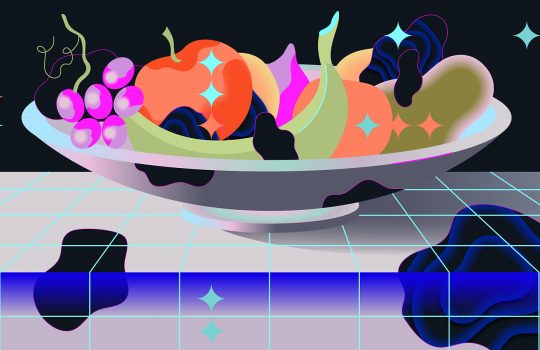Fermilab hosts Family Open House
From Naperville Community Television, Feb. 10, 2020: Fermilab opened its doors once again for their 16th annual Family Open House. The free event aims to teach the community about physics while having fun doing it, which is one reason people decided to come out. The crowd of around 2,500 people met Fermilab scientists and engineers to get a closer look into the world of physics. Creating that scientific spark in the younger generation is one of the laboratory’s goals. Watch the two-minute segment.

